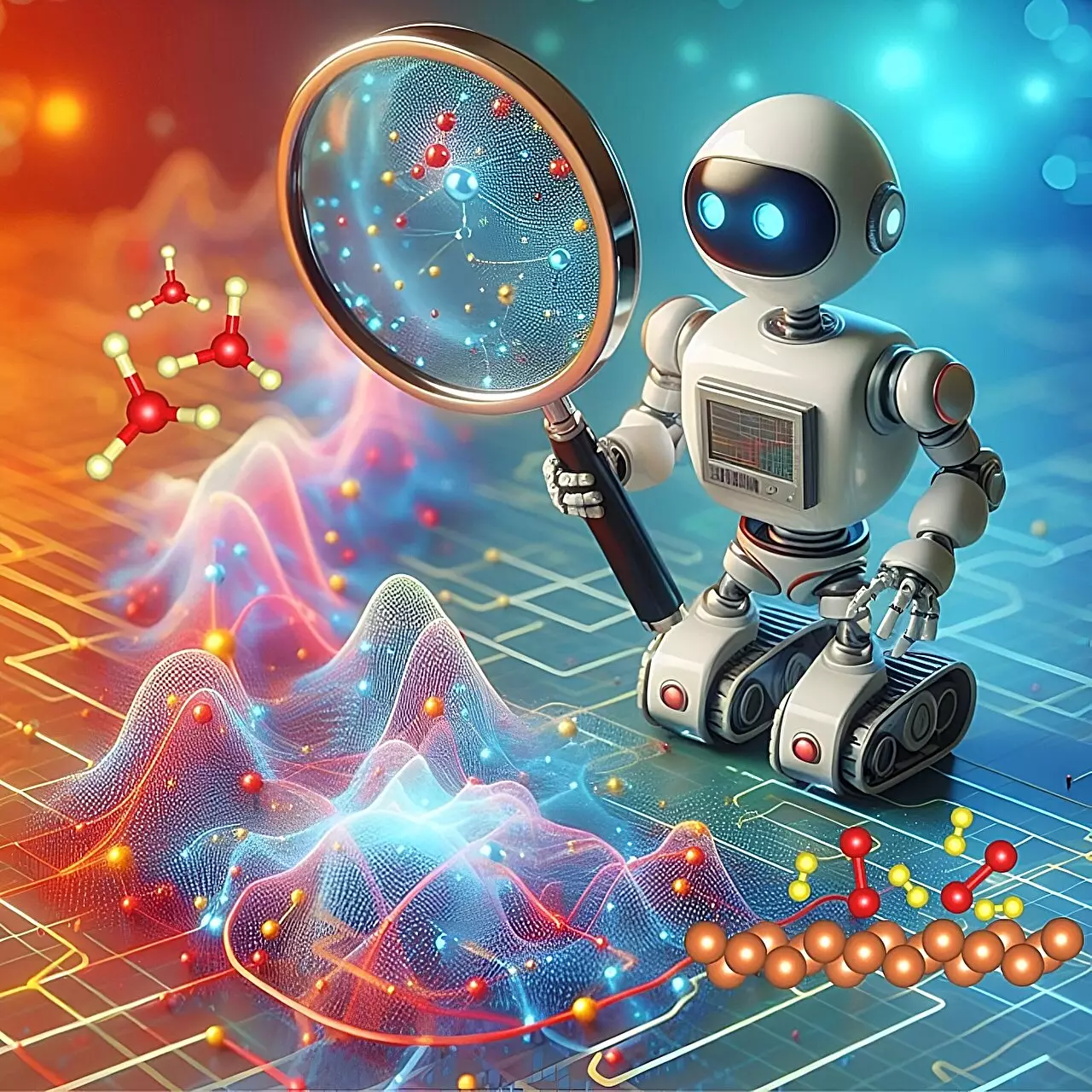The production of ammonia has been a fundamental part of industrial chemistry for over a century, primarily driven by the Haber-Bosch process. This method, which synthesizes ammonia from atmospheric nitrogen and hydrogen, is critical for agricultural fertilizers and various industrial applications, including food preservation and household cleaning products. With a staggering annual production rate of about 160 million tons globally, the importance of enhancing this process cannot be overstated. However, traditional methods suffer from low efficiency and yield, drawing significant energy and financial costs while also producing harmful carbon dioxide emissions. This historical backdrop sets the stage for recent breakthroughs and innovations aimed at optimizing ammonia production and addressing the inherent challenges within.
The advent of artificial intelligence (AI) has opened new avenues in multiple domains, including chemical engineering. A notable development in this regard is the work spearheaded by Qi An, an associate professor at Iowa State University. Under his leadership, a research team has successfully integrated AI into the study of ammonia production, focusing specifically on improving the understanding of complex chemical reactions. This effort represents a significant leap forward, utilizing advanced computational techniques to model and predict reaction pathways with unprecedented accuracy.
The team’s new framework, known as HDRL-FP (High-Throughput Deep Reinforcement Learning with First Principles), combines machine learning techniques with chemical principles, effectively unlocking a deeper understanding of catalytic behaviors. This innovative approach not only predicts viable reaction pathways but also enables researchers to optimize the ammonia synthesis process in terms of cost and efficiency while minimizing environmental impact.
At the heart of the HDRL-FP framework lies reinforcement learning—a machine learning paradigm that mimics behavioral training, akin to teaching a dog with rewards. In the context of ammonia production, the AI ‘learns’ from exploring various reaction pathways, seeking out the most efficient routes towards synthesizing ammonia. The methodology allows for the simultaneous evaluation of numerous potential pathways, filtering through inherently noisy data to isolate the most effective ones.
By mapping the positions of atoms onto an energy landscape, the framework circumvents the need for detailed initial representations that are often challenging to establish. Instead of outlining explicit states or actions, HDRL-FP leverages a broader understanding of reaction dynamics to facilitate quicker and more comprehensive exploration of catalytic mechanisms. This adaptability positions HDRL-FP as a versatile tool, not just for ammonia synthesis but for diverse catalytic processes in chemical research.
The ripple effects of An and his team’s research extend beyond mere improvements in ammonia production. The successful application of this AI-driven framework opens up promising pathways for the broader chemical industry, potentially revolutionizing the way reactions are studied and optimized. By enabling smaller, localized production facilities, HDRL-FP could lead to lower operational costs while simultaneously curtailing carbon emissions associated with traditional ammonia synthesis methods.
Furthermore, the implications of such innovation stretch into the scientific community, offering a replicable model for investigating a variety of catalytic reactions. As the framework proves its effectiveness in other chemical processes, it emphasizes the critical role of interdisciplinary collaboration between computer science and chemical engineering. This fusion of expertise paves the way for future breakthroughs in sustainable chemical modalities.
The intersection of artificial intelligence and chemical engineering has the potential to reshape traditional industrial processes, starting with ammonia production. Qi An’s research team exemplifies how advanced technologies can effectively address longstanding challenges in efficiency and sustainability. The HDRL-FP framework not only heralds a new chapter for ammonia synthesis but also illustrates the boundless possibilities that await the chemical industry as it embraces AI-driven solutions. As researchers continue to innovate and refine these methodologies, the promise of cleaner and more efficient chemical production methods becomes an increasingly attainable reality, bridging the gap between industrial practice and environmental stewardship.

